Unlike the movie's rather calm introduction into Pink's life, the album begins with as much roaring lightning and thunder as the "Let there be light" of Genesis. The pounding guitars, monstrous organ, and heavy bass and drums automatically inundate the listener with an abundance of aural spectacle, propelling the audience into the story without a preparatory breath…or so one might think. Actually, those with attentive ears will notice a little prelude to the musical story in the form of background music and a quick, nearly imperceptible voice. The music is from the ending of "Outside the Wall," the last song on the album and the spoken message is "…we came in?" Now if you crank up your speakers and listen to the ending of "Outside the Wall" you'll hear, at the VERY end, "Isn't this where…" If you were to set your CD player to automatically start the first disc at the end of the second one, you'd hear the continuous, uninterrupted music of "Outside the Wall" with "Isn't this where we came in?" Why the disjointed message? Put simply, it introduces us to Roger Waters' fascination with cycles. The story of "The Wall" is not limited to the war babies, those who grew up feeling the first-hand effects of World War II. The story is universal, portraying the (possible) lives of anyone who has lost a loved one, whether they are like Waters who lost his father in the war or any number of countless people whose parents, caretakers, or loved ones are absent from a great portion of their lives. No matter what era we are viewing or experiencing, we will always "come in" to the story of one person whose life is affected by the loss of another. The story is cyclical, spanning every generation since the beginning of civilization; the music is never-ending. Once one man's story ends, the next one begins. When Pink's wall comes down, the children in "Outside the Wall" collect the bricks, perhaps building their own walls and thus restarting the cycle with "In the Flesh?" In fact, as is the case with Pink, the very moment of conception is often the moment the cycle begins.
the listener with an abundance of aural spectacle, propelling the audience into the story without a preparatory breath…or so one might think. Actually, those with attentive ears will notice a little prelude to the musical story in the form of background music and a quick, nearly imperceptible voice. The music is from the ending of "Outside the Wall," the last song on the album and the spoken message is "…we came in?" Now if you crank up your speakers and listen to the ending of "Outside the Wall" you'll hear, at the VERY end, "Isn't this where…" If you were to set your CD player to automatically start the first disc at the end of the second one, you'd hear the continuous, uninterrupted music of "Outside the Wall" with "Isn't this where we came in?" Why the disjointed message? Put simply, it introduces us to Roger Waters' fascination with cycles. The story of "The Wall" is not limited to the war babies, those who grew up feeling the first-hand effects of World War II. The story is universal, portraying the (possible) lives of anyone who has lost a loved one, whether they are like Waters who lost his father in the war or any number of countless people whose parents, caretakers, or loved ones are absent from a great portion of their lives. No matter what era we are viewing or experiencing, we will always "come in" to the story of one person whose life is affected by the loss of another. The story is cyclical, spanning every generation since the beginning of civilization; the music is never-ending. Once one man's story ends, the next one begins. When Pink's wall comes down, the children in "Outside the Wall" collect the bricks, perhaps building their own walls and thus restarting the cycle with "In the Flesh?" In fact, as is the case with Pink, the very moment of conception is often the moment the cycle begins.
 Just as the cycle begins with Pink's conception, his father having already left and died when Pink was born (George Roger Waters was born September 6, 1944, nearly seven months after his father's death that previous February), the album begins with two birthing transitions on two narrative planes: the conception and birth of young Pink in 1944 and the current, rock-star Pink's transition into the Wall's completion and his subsequent final descent into insanity in the present. Young Pink's conception isn't so much as portrayed as implied in the movie and album. From the very first time I watched the movie, the procreative process immediately sprang to mind upon the opening sequence of the song. The countless young concert-goers bursting through the doors and encountering obstacles like the police before reaching their destination, the coveted inner room of the concert house, perfectly parallels procreative sperm obstructed by the body's natural defenses. The title itself suggest conception as well with the question mark after "In the Flesh?" suggesting that a physical body has not been formed yet, that there is still potential either way towards birth or miscarriage. Accordingly, the lyrics can be read as instructions for a child who has not yet entered life, although the speaker is quite uncertain by this reading. Whether the speaker is God, the parents, or Life itself, the message automatically sets up the theme of expectation and disappointment. The unborn child wanting to "go to the show," a metaphor for life, expecting to feel the warmth of love and acceptance from the world will most certainly be disappointed when that expected love eludes him, replaced by a world teeming with "cold eyes" and "disguise(s)." Although the song doesn't introduce the idea of the Wall, it does prepare the child/listener for a world of disguises that can only be torn down by "claw[ing]," implying that violence rather than love is necessary in order to get along in life. This violence is further cemented by the ensuing images of the concert-goers being beaten by the police cross cut with grisly images of war. After giving the instructions, Pink's birth is arranged as the Speaker yells for "lights," "sound effects,"
Just as the cycle begins with Pink's conception, his father having already left and died when Pink was born (George Roger Waters was born September 6, 1944, nearly seven months after his father's death that previous February), the album begins with two birthing transitions on two narrative planes: the conception and birth of young Pink in 1944 and the current, rock-star Pink's transition into the Wall's completion and his subsequent final descent into insanity in the present. Young Pink's conception isn't so much as portrayed as implied in the movie and album. From the very first time I watched the movie, the procreative process immediately sprang to mind upon the opening sequence of the song. The countless young concert-goers bursting through the doors and encountering obstacles like the police before reaching their destination, the coveted inner room of the concert house, perfectly parallels procreative sperm obstructed by the body's natural defenses. The title itself suggest conception as well with the question mark after "In the Flesh?" suggesting that a physical body has not been formed yet, that there is still potential either way towards birth or miscarriage. Accordingly, the lyrics can be read as instructions for a child who has not yet entered life, although the speaker is quite uncertain by this reading. Whether the speaker is God, the parents, or Life itself, the message automatically sets up the theme of expectation and disappointment. The unborn child wanting to "go to the show," a metaphor for life, expecting to feel the warmth of love and acceptance from the world will most certainly be disappointed when that expected love eludes him, replaced by a world teeming with "cold eyes" and "disguise(s)." Although the song doesn't introduce the idea of the Wall, it does prepare the child/listener for a world of disguises that can only be torn down by "claw[ing]," implying that violence rather than love is necessary in order to get along in life. This violence is further cemented by the ensuing images of the concert-goers being beaten by the police cross cut with grisly images of war. After giving the instructions, Pink's birth is arranged as the Speaker yells for "lights," "sound effects," and "action," further equating "the show" with life, much like Shakespeare's Macbeth comparing life to a play and every person an actor on the stage: "Life's but a walking shadow, a poor player/ That struts and frets his hour upon the stage/ And then is heard no more: it is a tale/ Told by an idiot, full of sound and fury,/ Signifying nothing." (Act 5, scene 5) The final "Drop it on 'em!" and the airplane dropping a bomb introduces Pink's birth as well as his first brick, the death of his father.
and "action," further equating "the show" with life, much like Shakespeare's Macbeth comparing life to a play and every person an actor on the stage: "Life's but a walking shadow, a poor player/ That struts and frets his hour upon the stage/ And then is heard no more: it is a tale/ Told by an idiot, full of sound and fury,/ Signifying nothing." (Act 5, scene 5) The final "Drop it on 'em!" and the airplane dropping a bomb introduces Pink's birth as well as his first brick, the death of his father.
The second and more obvious plane of narrative is Pink's concert taking place in the present. As you will notice in the film, Pink's eyebrows have already been shaved, an event that doesn't take place until the second half of the album/movie. This technique of starting the story in media res or "in the middle of things" is a characteristic of most traditional epic works such as Homer's Odyssey and Vergil's Aeneid. By design, starting the narrative in the middle of the story immediately grabs the audience's attention, forcing them to accept the current situation while waiting for the exposition to be revealed in flashbacks. Such flashbacks not only set up the present story but also offer a sort of chiaroscuro between the character as he was and what he is. "The Wall" offers an interesting beginning in that the story-proper (the album's beginning and the "beginning" of Pink's story in the movie) starts in media res, but more towards the end rather than the true middle of the story. The first few songs introduce us to Pink as a child as well as Pink as a famous and equally alienated rock-star, but "In the Flesh?" shows us Pink further in the future, after his wall is complete. Consequently, the audience is getting three different versions of Pink almost simultaneously: the way he was (Pink as a child), the way he is (isolated Pink  whose Wall is almost complete), and the way he will be (dictatorial, delusional Pink completely shut off from the world). By starting "in the middle of things," we can see just how far Pink has come from his innocent birth, making us all the more eager to find out why he is that way, to witness his development from "Baby Blue" to "Comfortably Numb" as revealed in flashbacks.
whose Wall is almost complete), and the way he will be (dictatorial, delusional Pink completely shut off from the world). By starting "in the middle of things," we can see just how far Pink has come from his innocent birth, making us all the more eager to find out why he is that way, to witness his development from "Baby Blue" to "Comfortably Numb" as revealed in flashbacks.
Interestingly, all of the original ideas and emotions that spawned the original concept of "the Wall" are buried within "In the Flesh?" The song title itself is taken from the 1977 tour entitled "Pink Floyd in the Flesh" which promoted their "Animals" album. On the DVD commentary, Waters comments that the police and riot scenes are inspired by true events which took place on that tour, most notably an incident in Los Angeles when the local police chief Davis attacked "rock and roll in general" because he was upset that there was to be a rock show in a downtown sports arena (Waters, DVD). The police apparently beat many fans, searched everyone with a ticket, and made numerous arrests, all for the sake of "order." The original spark, though, is recreated in the images and lyrics of "In the Flesh?" when Pink, in the role of demigod, dictates a set of instructions and clues to the mindless audience. Pink's balcony performance is reminiscent of the theatrical portrayal of gods and other supernatural entities who are often portrayed on a balcony overlooking the action of a play, both observant and detached from the world. Such is the very feeling that produced the idea of "the Wall" in Roger Waters' mind during the "In the Flesh" tour; standing on stage while the audience members either got drunk and broke out in fights with each other or starred in rapt and almost brain-washed attention at the band as if Waters and company were gods rather than men. These observances made Waters feel completely  detached from his audience and the world, eventually causing him to take on the godlike persona that his audience was placing on him, resulting in the infamous "spitting" incident in which Waters spat on a fan in the front row just because he could. This idea of blind obedience lavished on a rock star is fully unleashed later in the album with the second "In the Flesh" and will be discussed in further detail there.
detached from his audience and the world, eventually causing him to take on the godlike persona that his audience was placing on him, resulting in the infamous "spitting" incident in which Waters spat on a fan in the front row just because he could. This idea of blind obedience lavished on a rock star is fully unleashed later in the album with the second "In the Flesh" and will be discussed in further detail there.
The juxtaposed shots of the concert-goers being brutally handled and the soldiers who appear to be roughly the same age as Pink's audience signal a birth in the metaphorical narrative, that of the world coming out of the World War II era. Whereas the Allied soldiers fought a centralized enemy, the kids in the present must fight the world devastated by the war. The postmodern fragmentation stemming from the world's loss of innocence caused by the war can be seen in many forms during "In the Flesh?": the brutal force used by supposedly civil protection, the brain-washed look of the audience trained by social norms to humble themselves in front of celebrities, even the commercialization of the "Feelin' 7-UP" billboard looming godlike over the crowd outside the venue, observational and detached. It's a disjointed world that tries to fill the void of personal meaning with reverence for corporate products and celebrities; a postmodern world introduced by Hitler's campaigns and the total devastation of the firmly-rooted familial and social milieu. While the world's population increased with the baby boomer generation, humankind never regained its sense of purity and innocence, arguably corrupted with WWI and the birth of Modernism and fully shattered with the second war. Thus it is only fitting cinematically to cut from the death of Pink's father to an English garden and little Pink in his stroller, already doomed to construct a wall.
themselves in front of celebrities, even the commercialization of the "Feelin' 7-UP" billboard looming godlike over the crowd outside the venue, observational and detached. It's a disjointed world that tries to fill the void of personal meaning with reverence for corporate products and celebrities; a postmodern world introduced by Hitler's campaigns and the total devastation of the firmly-rooted familial and social milieu. While the world's population increased with the baby boomer generation, humankind never regained its sense of purity and innocence, arguably corrupted with WWI and the birth of Modernism and fully shattered with the second war. Thus it is only fitting cinematically to cut from the death of Pink's father to an English garden and little Pink in his stroller, already doomed to construct a wall.


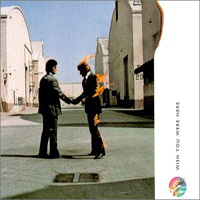
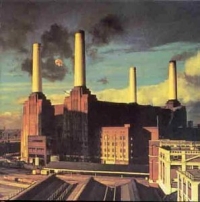
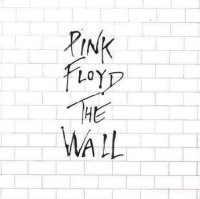
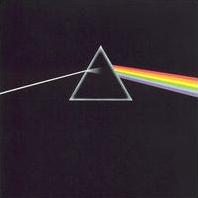
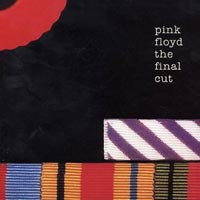
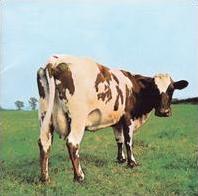
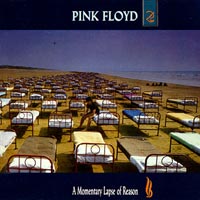
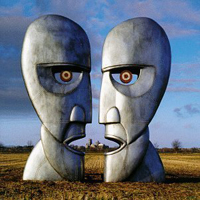
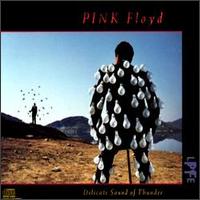
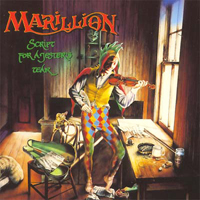
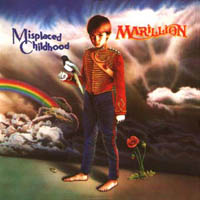
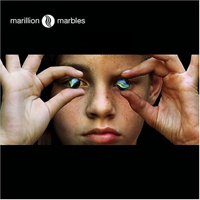
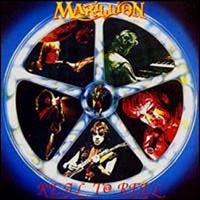
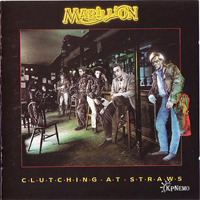

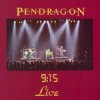
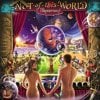

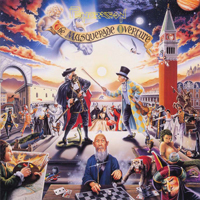
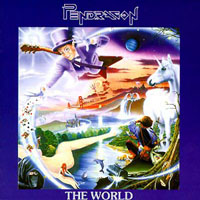
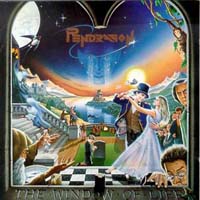
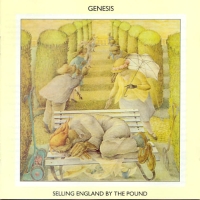
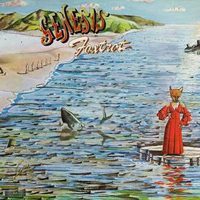
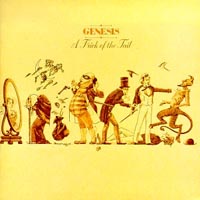
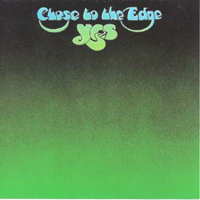
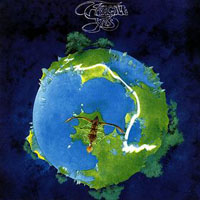
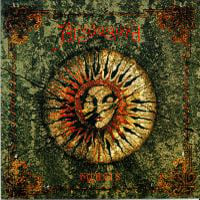
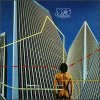
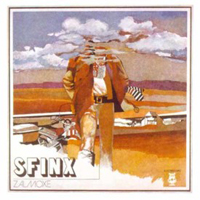
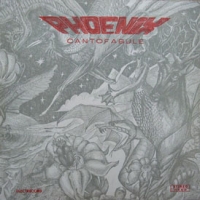
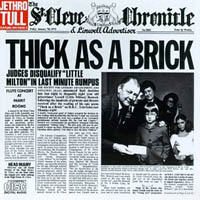
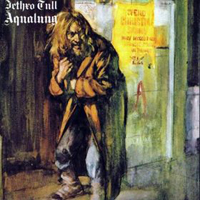

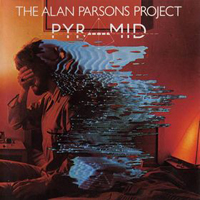
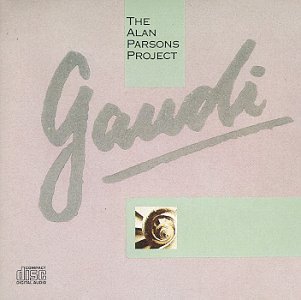
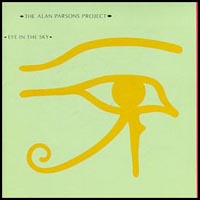


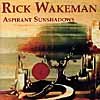
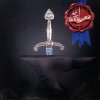
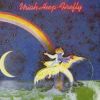
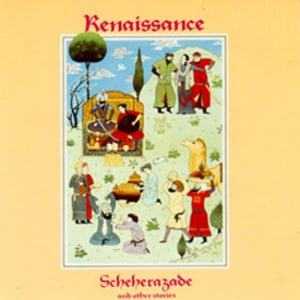




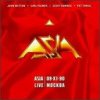












Niciun comentariu:
Trimiteți un comentariu